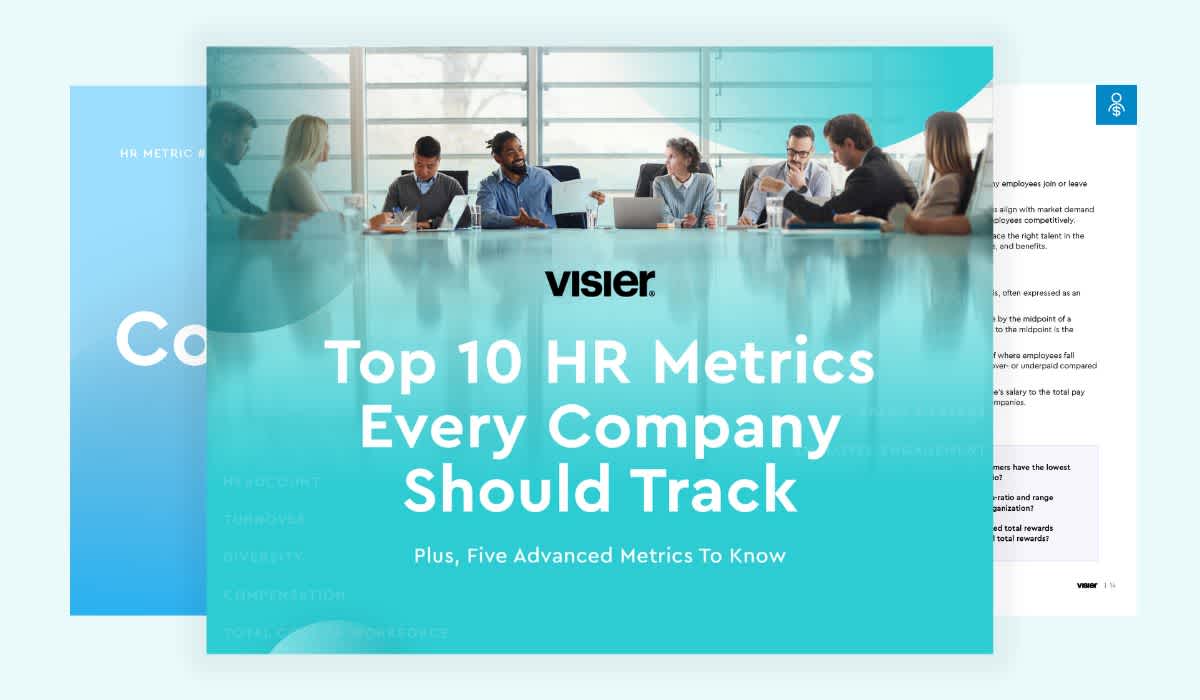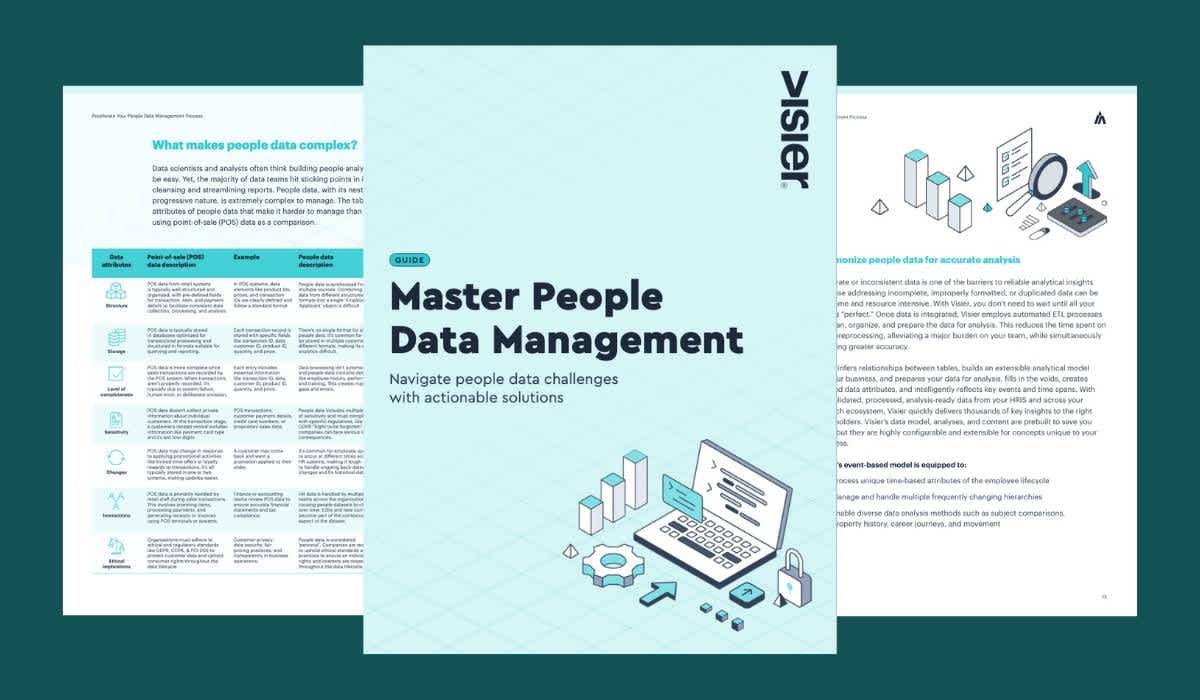How People Analytics Supports Change Management
Morten Kamp Andersen, a thought leader in the people analytics space, shares how HR data and People Analytics can support change management.

People Analytics is maturing fast. 2017 in particular was a stellar year if the published cases, presentations at various people analytics conferences and interest from the wider HR community is anything to go by. However, for this trend to take a more permanent hold, it must in my view be recognized as an area of importance across the wider organisation, something it is not now.
A solution to this is to look in another direction – a new avenue.
A third avenue
I see people analytics applied in primarily two areas: 1) making better (evidence-based) HR decisions and 2) solving business issues. The first includes a wide range of things from improving on internal people reporting and scoreboards, engagement surveys to creating predictive models for turnover, talent performance, recruitment success or assessing leadership training and innovation processes. The second area uses people data to answer questions such as “How do we sell more widgets?,” “What engagement activities creates the best service delivery which impacts customer retention the most?” or something like this.
But there are challenges with both, which makes it difficult for many People Analytics departments/teams/units in many organisations. The challenge with the first type is that HR processes in themselves only creates limited measurable value–or is not perceived to create a lot of value. The challenge with the second is, that there are only few business issues where people analytics currently is used either due to lack of relevant data to answer the questions, that HR/People Analytics are not invited to contribute with an answer, or that the issue is not people related. In any case, while on one hand there are many great People Analytics projects, studies, examples out there and the size and quality is increasing a lot, on the other hand the impact across the organisation is still relatively low.
I believe there is a third avenue for People Analytics to add value, namely by working closely with Change Management. Change Management are, in many mature organisations (project-wise), an integrated part of the most strategic projects but are in need of help.

What is change management?
Change Management is a structured process with a specific set of tools to handle the people side of change and is an essential part of making projects succeed; project management delivers the solution on time and budget and change management makes the organisation ready to embrace and use the solution. But whereas project management is a well-established discipline with industry standards with well adopted tools and best practice, Change Management is still relatively young and are still looking for ways to improve.
Because most organisations are executing their most critical strategic initiative–or Must Win Battles–as projects, and a large part of the potential success of those projects lie in successful Change Management, most companies are looking for ways to make Change Management better. People Analytics can play a major role in delivering excellent Change Management and hence directly impact the successful implementation of strategies within an organisation. This is in my view an under-utilised avenue for People Analytics to affect business results.
How can people analytics support change management?
There are many concrete ways HR data and People Analytics can support Change Management; engagement data can help identify likely resistance, the new generation of real-time employee sentiment tools can help assist in the implementation phase, network models can identify useful change agents/ambassadors, evaluation of effectiveness of training classes, predictive models for adoption usage, effective dashboards for usage of the new solution and many more. I believe the list is long. In a recent Harvard Business Review article, social media analytics was used as an example of HR data usage in change management.
It is a win-win really; Change Management needs more data to assess risks, progress, adoption and usage and People Analytics needs to apply its findings find more value. A partnership between the two functions will instantly add measurable value. Some question if organisations are ready for this. Let us step up to the challenge.
This article originally appeared here.


